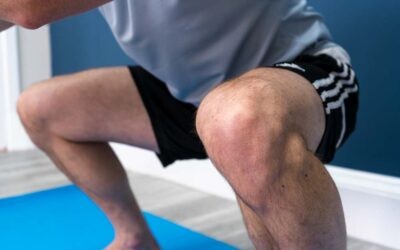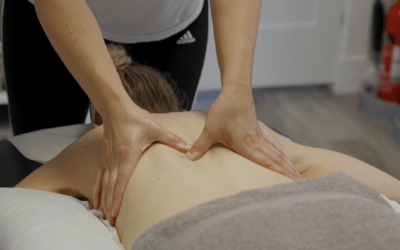You don’t just run because it’s good for you, or because it decreases your risk of heart attacks, strokes and cancers. It’s not just running for your physical health.
The reason you run is for your mental health and emotional health. It helps you with your sleep, it’s your stress management mechanism of choice and helps you cope a lot better with life.
This blog series is for you if you enjoy running, you want to become a better runner, you hate being injured and you’re ready to take action to improve your times and reduce your chance of missing training sessions from injury.
When you experience an injury and can’t get that run, you can’t get that endorphin release, or enjoy that feeling of satisfaction at the end of a training session.
Missed training sessions have a compounding effect, they lead to decreased fitness or de-conditioning, weight gain, more frustration, low mood, anxiety and the goal of a PB seems further away.
So, what causes running injuries?
Historically, the focus has been placed on intrinsic factors from leg length to foot position, foot arches, angle of the hip and pelvis, the list goes on. More recently the research has moved to look at extrinsic factors, such as different shoes, how they’ve controlled the motion of the foot and ground reaction forces.
Then the research started to look at different lifestyle impacts from sleep, nutrition, occupation, family history, injury history, load management, psychological impact. All of them have a role to play but there is mixed evidence in how their role can really reduce injuries.
So many factors involved can be confusing and this can also lead to mixed messages, myths and arguments amongst runners.
The cause of 60 – 80% of all running injuries are due to….…….drum roll please………
TRAINING ERRORS.
Training errors might seem like a broad term but typically training errors around overloading and inadequate recovery time are the most common problems.
The high rate of running injuries makes focusing on prevention key and there are some things you can do to support your training efforts and put you in the best position to avoid injury.
- Watch your mileage, you should aim to increase your weekly mileage by no more than 5-10%.
- Run on different routes and surfaces (including grass) to vary the repetitive nature and load on your body.
- You should also rotate between 2-3 pairs of different running shoes.
- Group runs are great for motivation, fun and company but ensure you can run at your pace within the group and don’t get dragged off on long, or hilly, runs if you are not ready
- Your running ‘style’ is very relevant. Style can be difficult or even impossible to change so always consult a coach or a therapist with experience of working with runners.
- Give your body adequate time to recover. Inadequate time between training sessions means the body does not fully recover and minor damage to tissues can develop into an injury.
- Hard training causes depletion of muscle’s glycogen stores, an essential fuel during strenuous exercise. If glycogen stores are not effectively replaced, you will start the next run in a semi-depleted state, causing potential fatigue and therefore increased injury risk.
- We adopt stressful postures daily, particularly when sitting, where imbalances in muscles can develop. This will alter movement patterns and postural control which can increase the potential for injury. A physical or manual therapist can be a great help in this situation.
- Any previous injury in the past 12 months should be fully treated, healed and rehabilitated before you start a progressive return to running to avoid a re-injury.
- Focus on fundamental strength exercises. Each leg needs to be strong enough to absorb the ground reaction forces, which are about 2.5-3 times your body weight, during the landing phase.
- The ability to effectively move through a full range of motion is key to a healthy body. Dynamic stretches daily, even if you don’t run that day, are great for general strength, flexibility and stability.
The next blog in the series will look at common running injuries. If you can’t wait you can download the running injuries ebook here.
If you want some advice about your training, how to prevent injuries or to put together a rehabilitation plan you can get in touch online or by calling 0333 301 0205.


0 Comments